Description
WMF presented the first Ikora Crystal collection for the Leipzig trade fair in 1927. Karl Wiedmann, the leader of the section glass technology carried out many experiments in the „Neue Kunstgewerbliche Abteilung“ (NKA, translated as the „New Arts and Crafts Division“) of the WMF and worked on about 5,000 recipes.
The fascination of Ikora Crystal Glass rests on the effect created by multiple casing of layers of glass of different colours or textures with coloured decoration sandwiched in between the layers. The choice of possible decoration was enormous. The glass could be partly dusted with pulverised glass in various colours, powder, or with frit (coarser particles of glass) and then cased with clear glass. Finely reticulated, crisselled textures were created by crackling or crazing (quenching in water), followed by dipping in solutions of metal salts. For instant, like the one here, the aluminium nitrate solution, produced a network of white lines and the overlayed manganese solution the network of red lines. Interesting colour fields were created by applying and making fast a separately blown coloured parison, which was cut open with shears and – drawn out into tongues – superimposed on the wall. This technique is encountered in pieces from the 1930s. Relatively rare are Aventurine filings and spangles of mica sandwiched between the layers of glass.
For economic reasons the Ikora production had to be throttled by 1936. The outbreak of the Second World War put an end of the making of Ikora Crystal. In 1948 the production resumed with the same glassmakers, a limited product range of models was launched on the market until 1954. The WMF ceased the Ikora Crystal production permanently.
In: Price list Württembergische Metallwarenfabrik Geislingen-Steige, Ikora-Crystal, 1930/31, model 506, in: Burschel/Scheiffele 2003, p.116.
Price list WMF Geislingen, Ikora- und Myra- Crystal, Neuheiten 1933-1935/II, Geislingen 1935, No.E 505/1887.
Priceref.: Quittenbaum Munich, auction 52, 11.4.2005, lot 602 (identically), hammer 700 € plus add. charge und Quittenbaum Munich, auction 48, 30.10.2004, lot 981 ibidem.

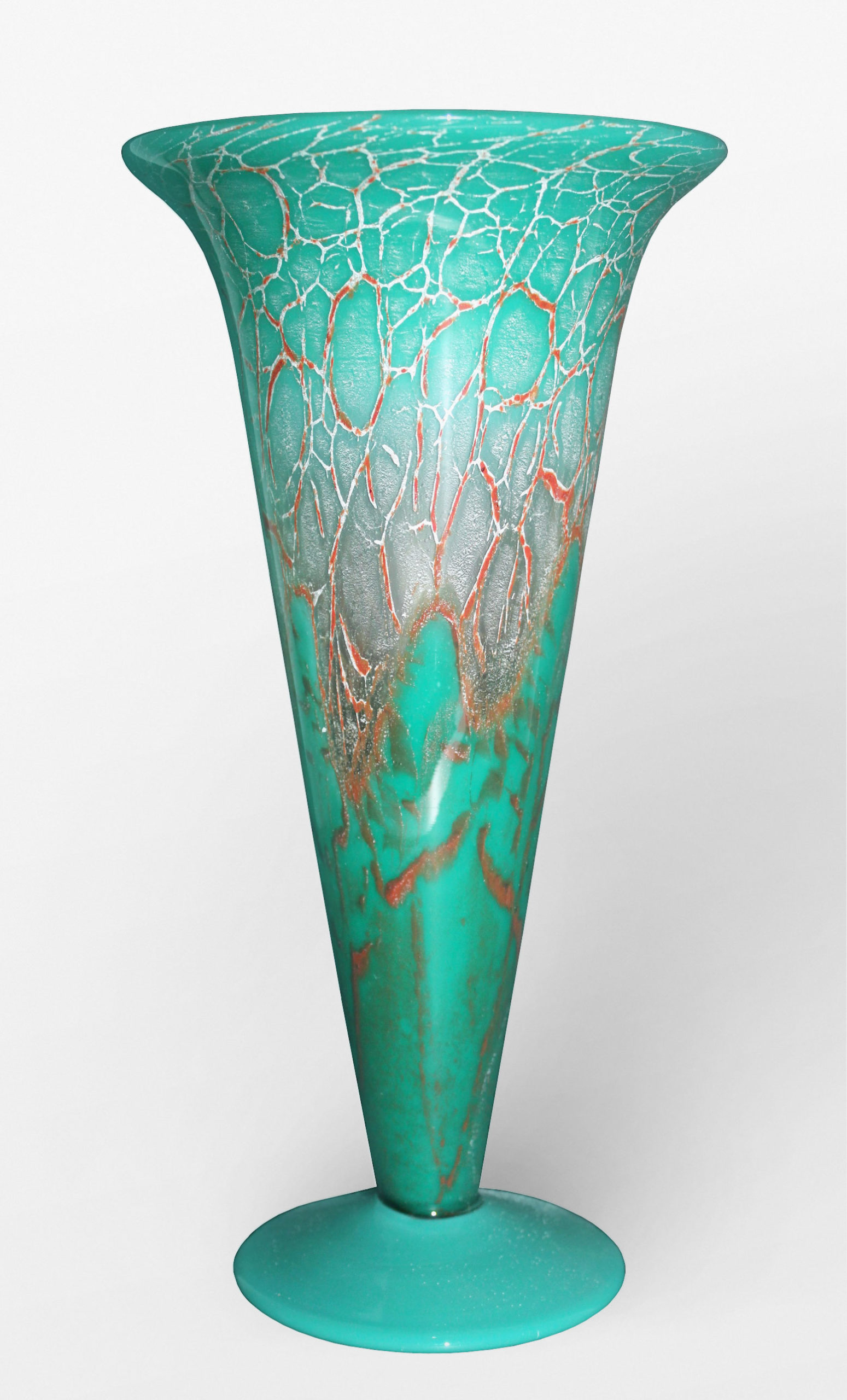


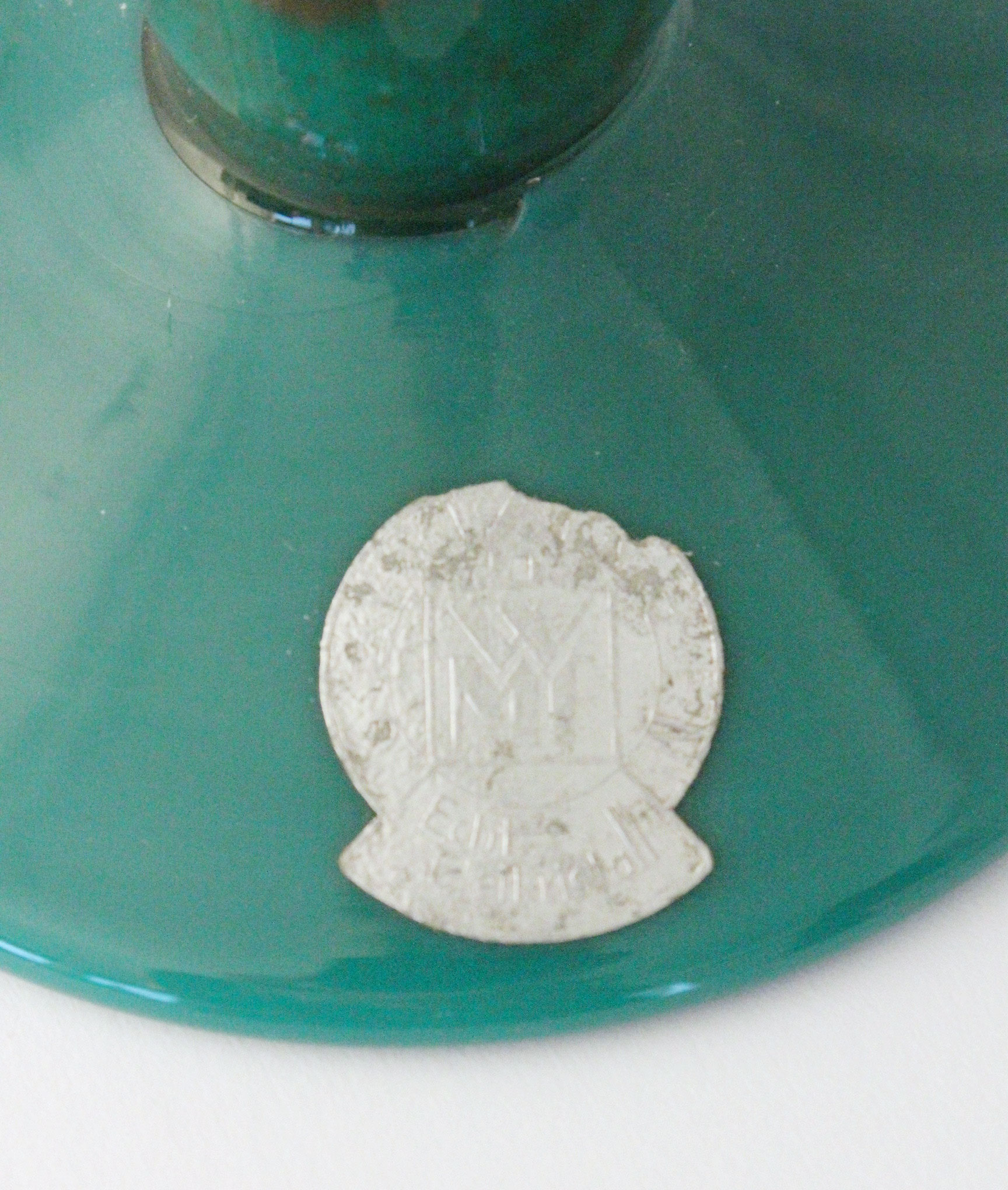
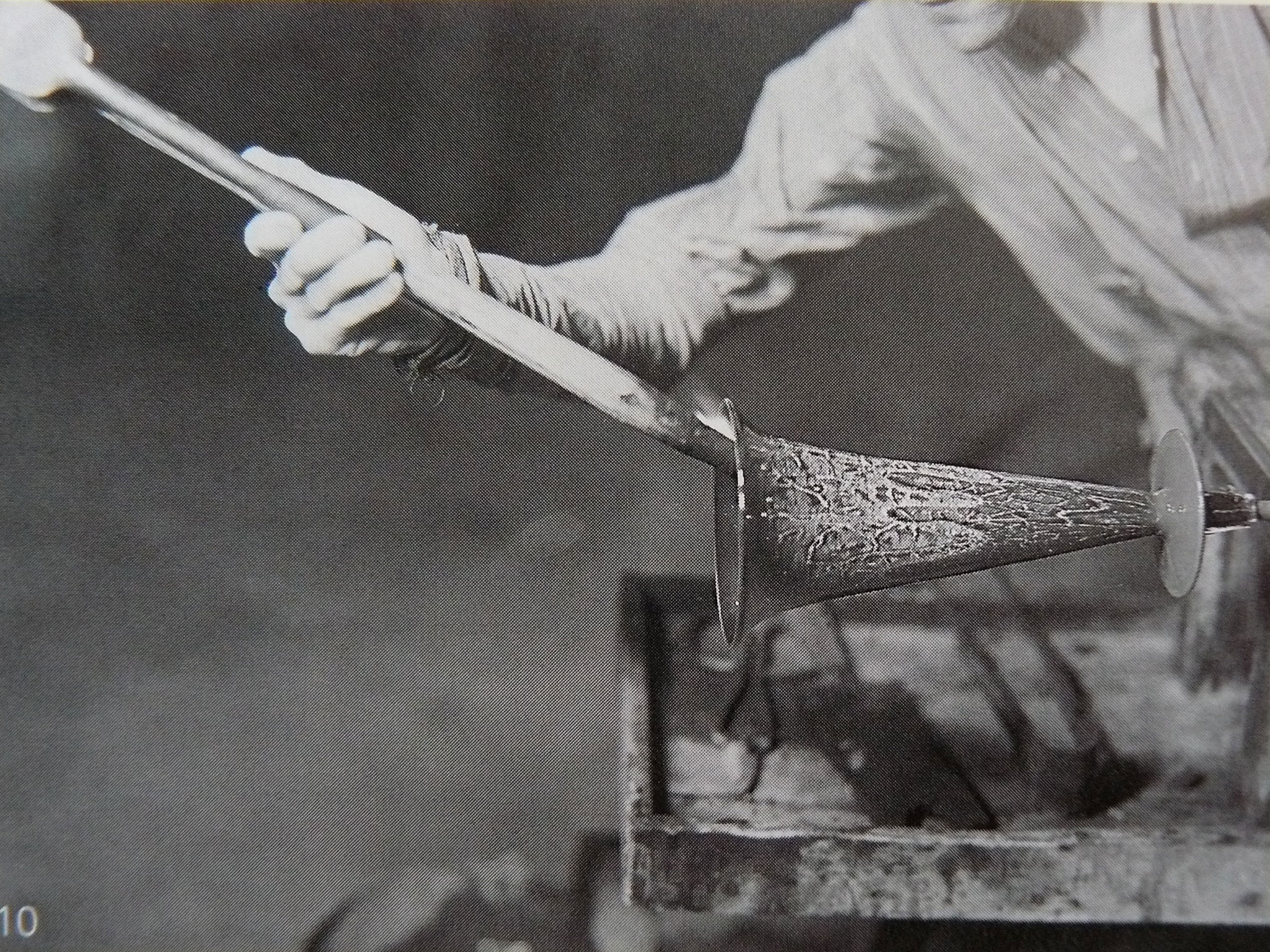
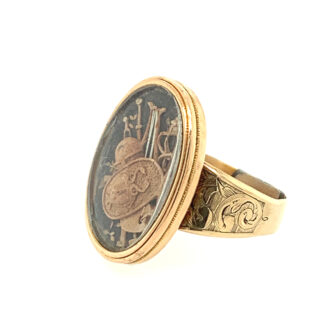
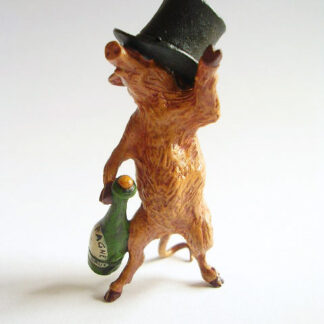


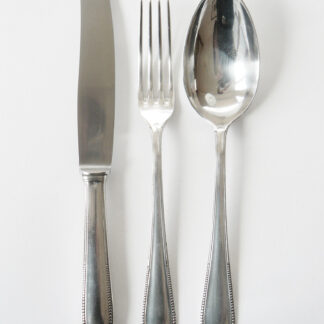
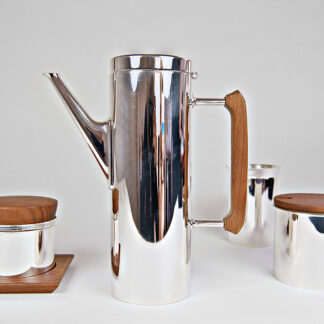
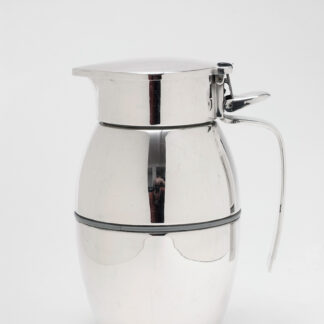

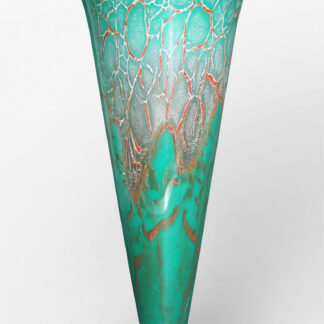
Reviews
There are no reviews yet.